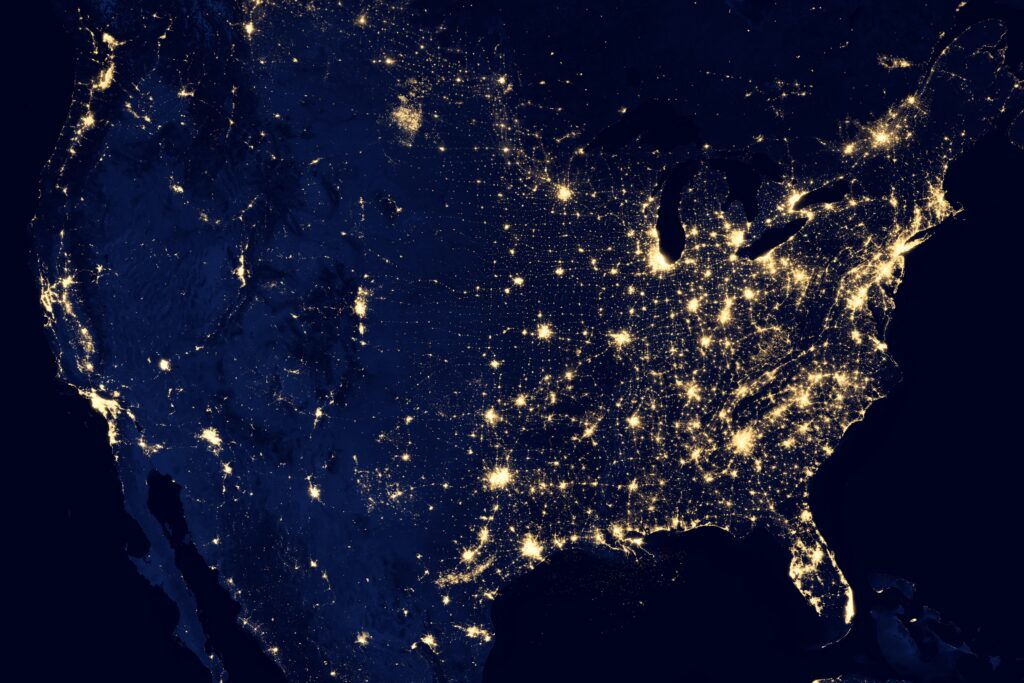In the United States there are approximately 1.6 million immigrants from African countries and 21.2 million from Latin America, and we see reflections of this every day in large American cities, where world cuisine is ubiquitous. Take a walk through New York City, and you’ll find Colombian empanadas, Korean mandu, Syrian baba ghanoush, and of course, the all-American hot dog. People living within these bustling, metropolitan areas can find new things to try, as well as their favorites from back home.
The problem is, the pickings can be much slimmer for people living outside these urban jungles. With much of the familiar produce out of reach in far away specialty stores, or in other countries, people often resort to having friends and family bringing it in from the outside. Unfortunately, in many instances, this food is confiscated at the customs gate, and those nail-biting waits to see if your special biscuits have come through often end in disappointment.
In this article, I’m going to talk about how people from African and Latin communities will soon be able to take advantage of niche, on-demand services to get the goods they need.
On-demand growth and its niche markets that will ultimately benefit
First of all, let’s look at on-demand services themselves. These are channels that meet consumer demand by leveraging technology to provide nearly instant access to goods or services. Right now, there is a huge appetite for this and it has the potential to get much bigger, according to the 2015 Mobile On-demand Survey.
This new trend is almost certainly down to the generational shift in attitude; as a country, we seem to be growing more impatient. The phenomenon is especially prevalent among Millennials, who have been hardwired with high expectations from birth. As Asha Sharma says in her Forbes article on Millennial leaders: “Millennials are impatient. We are the generation that expects instant gratification.”
Our mobile phones and tablets are giving us what we need at the push of a button, and services such as Instacart and Postmates are fueling this change in attitude by giving customers unprecedented levels of convenience. You probably already know of services like Uber, the app that lets you hire a driver or car share from your phone in just minutes. There are also popular services with more than 10 million members like Amazon’s Prime Now, which delivers your shopping to your doorstep within 60 minutes, for just $7.99. Not only are on-demand services meeting our needs quickly, but they are also economical, often cutting out the middleman to pass on savings to the customer.
Building a solution for dispersed communities that benefits everyone
The thing is, it’s not just industry pioneers like Uber, or giant corporations like Amazon that are able to offer on-demand services. Neither are these services simply there to benefit the young and rich city-dwelling millennials; rather, they have an enormous potential to impact the lives of many thousands of people outside of these privileged groups. Open source (free and open to be modified), on-demand technology is now available, which means that smaller retailers are able to leverage its potential and deliver products to customers, whoever they are and wherever they may be.
In talking to the owners of African and Latin American grocery stores, I have discovered that while there is a clear market for certain staple products and foodstuffs among minority and immigrant communities, it’s unfeasible to provide cost-effective and efficient service to out-of-state clients. Most of these local store owners say that this is for a number of reasons; for one, logistically delivering food products to Alaska, for example, is expensive, not to mention extremely complex, as it requires locating drivers and moving produce to and from warehouses, and more.
Not only is it tough living without the things you grew up with, but food also provides us with significant and nostalgic link to our roots, helping us hold on to our culture and family traditions. That’s where the demand for such a service comes in.
We have identified two main types of customers who would use a service like this. First, there’s the person who simply can’t buy the product in the area in which they live. They are willing to pay a little extra to get those hard-to-come-by goods, and on-demand is the ideal and most cost effective way of doing so. The other is a person who wants to get a hold of a product quickly, or has difficulties getting to the store in town themselves. They are willing to pay a premium for the convenience of quick delivery.
We decided to set up our own operation to allow African and Latin communities located outside of well-serviced cities to access the products they really wanted. While analyzing different business models to adopt for our service, Deeskus, our team looked into importing groceries from outside the United States, and then fulfilling orders from our own warehouses. In researching, we found that the cost of doing business in this way was not only enormous, but also logistically far too involved to be viable.
The solution we came up with was to partner up with established brick-and-mortar stores and have orders fulfilled from there. This was a win-win situation for both parties: We were bringing more business to merchants and fulfilling online orders for customers who live far away.
The system has been built to route a customer’s order to the nearest store able to fulfill it and then utilizes routing software to ensure the closest driver will make the delivery for physical orders in the most efficient way.
This is a methodology that we believe other niche industries, particularly those in fresh produce markets, will start to adopt. By offering other incentives, such as free delivery after a certain amount has been purchased, customers are far more likely to use the service.
The future of on-demand for small suppliers
It goes without saying that there is a huge potential for on-demand services, not just in staple produce, but for retail items like clothes and technology. And right now, there are lots of companies recognizing this and jumping on the the bandwagon.
Although it’s going to be far easier for existing enterprises to push their on-demand services on existing customers, there is a gap for niche companies offering specialized services. It’s time for those companies to step up and strike while the iron is hot, or risk losing out to the bigger players.
And perhaps the greatest thing about on-demand services that bring us those hard-to-find products is that they are going to make our kitchens smell nicer, our melting pot richer, and our cultures come closer together.










